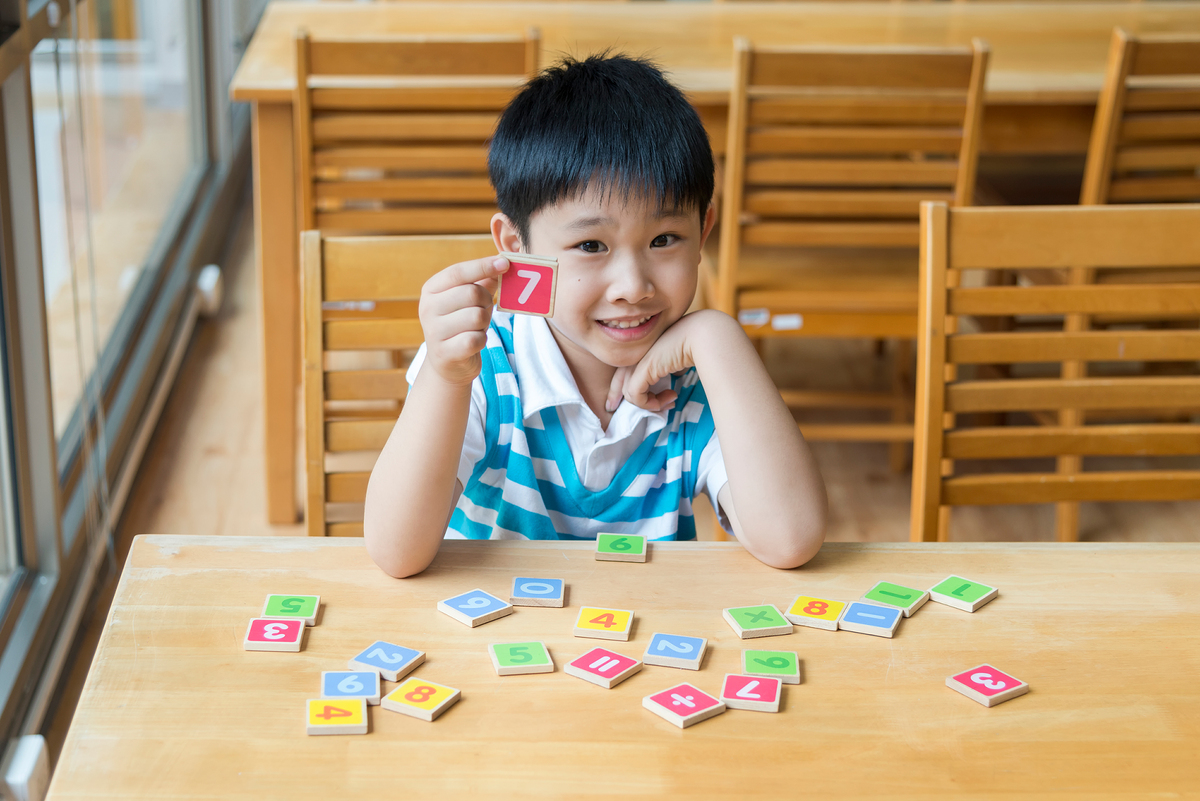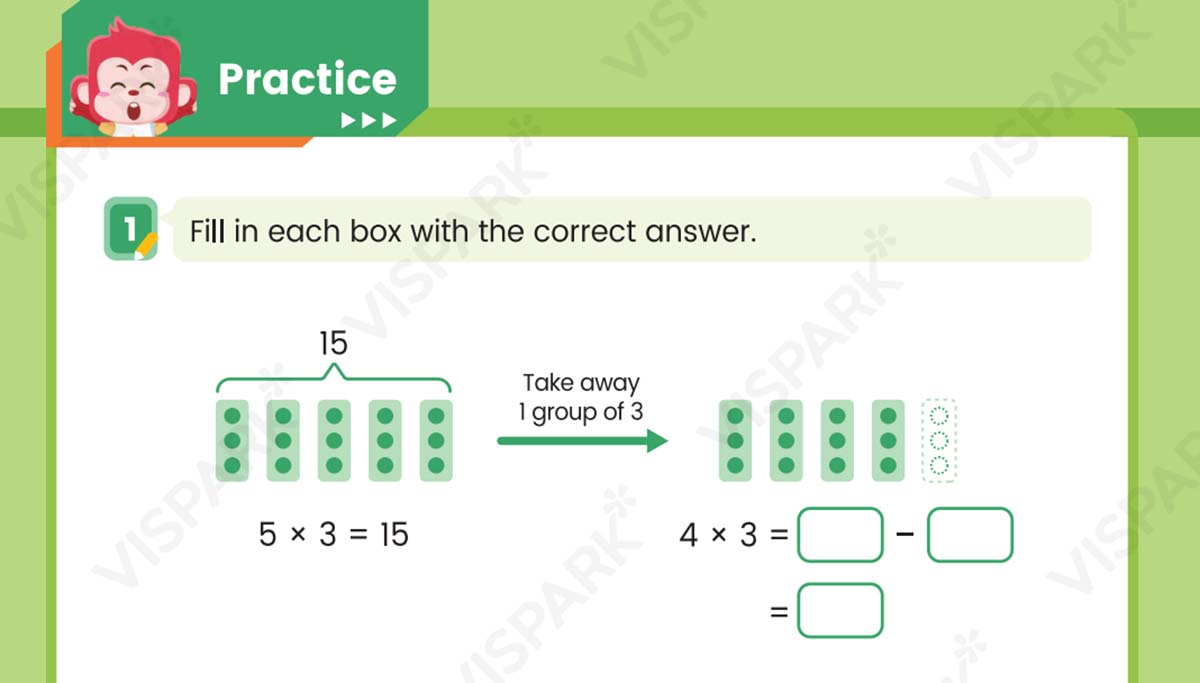
Primary 3 is when students start learning more advanced math concepts and when it can really get challenging. This grade level is when students begin their foray into some of the bigger math topics like multiplication, division, and fractions. Primary 3 students also start doing more complex and precise math, such as learning equations with bigger numbers, telling time to the minute, and measuring size.
These skills taught in primary 3 set the foundation for upper primary math, which makes it essential for students to master them. They are also skills that are important throughout a school career and everyday life. Here are the top 3 math concepts primary 3children should know.
1) Multiplication & Division
If primary 3 were a movie, multiplication and division would be the stars. Learning these two skills is important for children to be prepared for the more complex math coming in the future. They aren’t just learning these skills to get by in primary 4 or 5. Multiplication and division will be used throughout school and life.
Multiplication
There are several ways that multiplication can be taught in primary 3. The old school way to learn multiplication is by memorising the multiplication tables. This is a great way to learn specific answers for common multiplication questions, but there are tons of ways to get deeper into how multiplication connects to other skills like addition.

Creating groups to connect numbers is a great way to show how addition connects to multiplication. Knowing that adding 4 groups of 3 (3+3+3+3) is the same as multiplying the numbers (4×3 or 3×4) helps bridge the two concepts together and shows a physical connection between the two skills. Visual representation, like area models, is also a great method to show how multiplication works. Understanding multiplication is a major skill in understanding primary 3 math and beyond.
Division
Multiplication creates groups and adds them together to form a bigger number. Division does the opposite — it takes larger numbers and breaks them down into smaller groups. Many similar visuals and worksheets used in learning multiplication can be used in division. When we break down whole numbers to create smaller parts, kids understand another important primary 3 skill, fractions.

2) Fractions
Once primary 3 students learn how to break up a larger number into smaller groups, it is easier for them to understand fractions. Fractions help students understand how numbers can be broken down. In this topic, primary 3 students learn the importance of the numerator and denominator.
Children learn about what the numerators and denominators mean, and how to add and subtract similar fractions. Learning fractions creates a greater understanding of how numbers work and how they can be broken down. It can help in everyday life, for activities such as baking. A recipe might call for 1/2 of a cup or 1/4 of a teaspoon. Fractions are a major part of baking and help make dinner taste delicious.
3) Measurement
In measurement, students learn about volume, mass, and time. They must know the standard units and how to convert between the different units of measurement. For example, students should know that 1 litre is equivalent to 1000 millilitres. It is critical that they understand the relationships between the different units well as they will be expected to convert quickly when doing problem sums. This is when multiplication, division, and fractions come into play, as students will need to use these skills to convert between units.
Final Word
For primary 3 students, the math starts to get a little more complex. Creating a strong foundation from kindergarten to primary 2 prepares these children for the challenges ahead. You can support your child by working together with them to find out what they understand and what areas they need help in. With time and practice, the math knowledge they gain in primary 3 is the skills they will carry through life. Don’t be afraid to share how you use math, when you use it, and when it can be tough in your life.
Looking for engaging online math classes for your child in primary 3? Sign up for a FREE trial class here and let your child experience interactive and immersive math learning.




